DNA and Genes
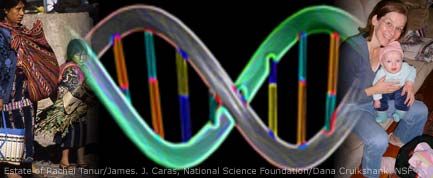
Genes are the blueprints of life. Genes control everything from hair color to blood sugar by telling cells which proteins to make, how much, when, and where. Genes exist in most cells. Inside a cell is a long strand of the chemical DNA (deoxyribonucleic acid). A DNA sequence is a specific lineup of chemical base pairs along its strand. The part of DNA that determines what protein to produce and when, is called a gene.
First established in 1985 by Sir Alec Jeffreys, DNA testing has become an increasingly popular method of identification and research. The applications of DNA testing, or DNA fingerprinting within forensic science is often what most people think of when they hear the phrase. Popularized by television and cinema, using DNA to match blood, hair or saliva to criminals is one purpose of testing DNA. It is also frequently used for other benefits, like wildlife studies, paternity testing, body identification, and in studies pertaining to human dispersion.While most aspects of DNA are identical in samples from all human beings, concentrating on identifying patterns called microsatellites reveals qualities specific and unique to the individual. During the early stages of this science, a DNA test was performed using an analysis called restriction fragment length polymorphism. Because this process was extremely time consuming and required a great deal of DNA, new methods like polymerase chain reaction and amplified fragment length polymorphism have been employed.The benefits of DNA testing are ample. In 1987, Colin Pitchfork became the first criminal to be caught as a result of DNA testing. The information provided with DNA tests has also helped wrongfully incarcerated people like Gary Dotson and Dennis Halstead reclaim their freedom.
Latest about Genetics

Epigenetic 'scars' on the genome can be passed down by grandmothers, study finds
By Jennifer Zieba published
In a story of collaboration and community, researchers identified intergenerational epigenetic changes caused by war and trauma in Syrian refugees.
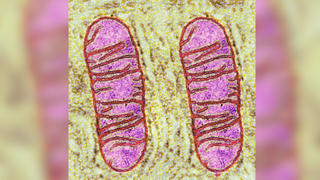
POLG diseases: Rare genetic conditions that starve cells of energy and afflicted the late Prince of Luxembourg
By Emily Cooke published
POLG-related diseases disrupt the function of the mitochondria, or "powerhouses" of the cell — starving them of energy.

East Asians who can digest lactose can thank Neanderthal genes
By Emily Cooke published
Unique versions of the lactase gene found in the genomes of East Asian people may have increased in prevalence within the population over time because they bolstered immune responses against pathogens, new data reveal.
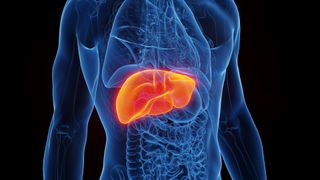
The rare genetic disorder that causes severe itchiness and liver failure
By Emily Cooke published
Patients with PFIC develop liver failure as a result of a buildup of a digestive fluid known as bile.
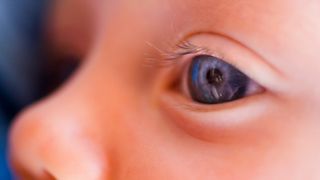
Norrie disease: The rare genetic disorder that makes people go blind and deaf
By Emily Cooke published
Only around 500 cases of Norrie disease, a genetic condition, have been reported worldwide.

'Speech gene' seen only in modern humans may have helped us evolve to talk
By Emily Cooke published
A specific gene variant seen in people is likely one of many that contributed to the development of language in modern humans, scientists say. And it changes how mice squeak.
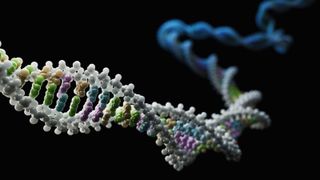
Scientists just rewrote our understanding of epigenetics
By Jennifer Zieba published
DNA and RNA epigenetics, once thought to be separate, have now been found to work together to fine-tune gene expression.
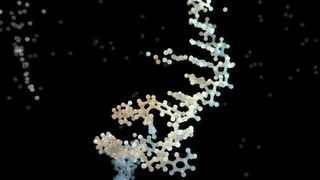
Massive study of 3 million people reveals genetic 'hotspots' linked to bipolar disorder
By Sibani Ram published
A new study has greatly expanded the number of gene variants thought to be tied to bipolar disorder.
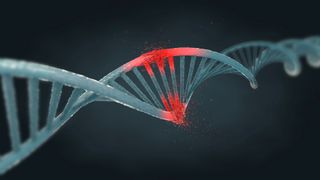
People with this rare genetic condition can't repair damage to their DNA
By Emily Cooke published
LIG4 syndrome is an exceptionally rare disorder caused by a genetic mutation that prevents the body from repairing damaged DNA.

IVF may raise risk of certain disorders in babies — and epigenetic 'signatures' in the placenta could explain why
By Jennifer Zieba published
Researchers identified genes that could explain why some assisted reproductive technologies, like IVF, carry a higher risk of growth and metabolic issues in offspring.
Sign up for the Live Science daily newsletter now
Get the world’s most fascinating discoveries delivered straight to your inbox.
